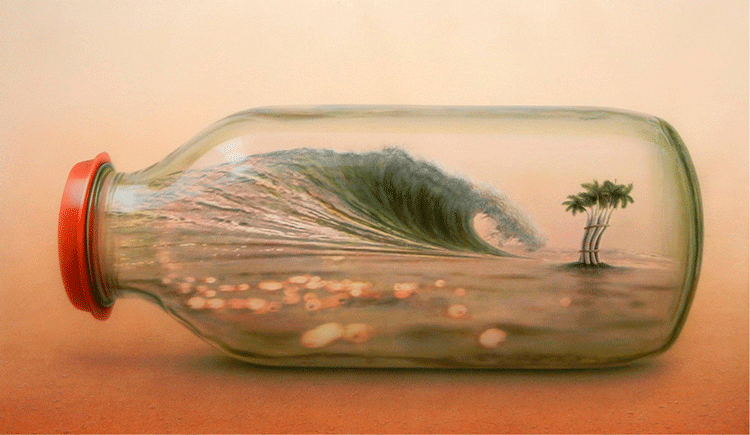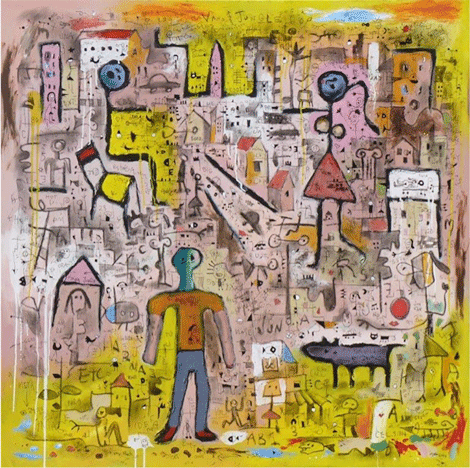“Straight from Cuba” at Lois Lambert Gallery, is an unexpectedly compelling exhibition. To subsist as a contemporary artist in present-day Cuba is no small feat. With little to no resources at their disposal in the way of art materials and economic support, and political censorship to impede free expression at every turn, artists in Cuba must be driven by something far more powerful than a desire for notoriety or commercial ambition. The three Cuban artists featured in this exhibition display a passion that exceeds reason and it’s difficult not to idealize the kind of creative compulsion that weathers persistent discouragement with an inspiring resilience.
Showcasing the work of Alan Manuel Gonzalez, Luis Rodriguez NOA and Darwin Estacio Martinez, “Straight from Cuba” presents three very distinct aesthetic visions united by the difficulty of a shared cultural and political legacy. All three artists are exhibiting in Los Angeles for the very first time, an opportunity that would have been unthinkable pre-2013, the year in which the exit permit system was abolished. The system, in effect for some 50 years, prohibited its citizens from traveling freely beyond Cuba. With an ambivalent view of their country’s future—despite recently improved diplomatic relations with the United States and the relaxation of isolationist embargoes—all remain skeptical of Cuba’s ability to slacken the hyper-politicization that has quarantined it culturally for so many decades.
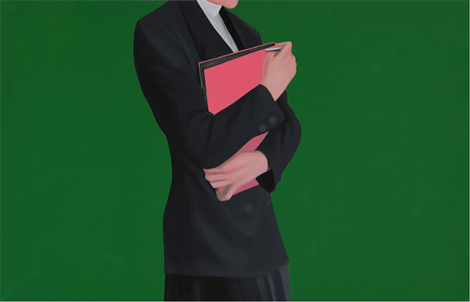
Darwin Estacio Martinez. Rosado y Verde. 79 x 52 inches. Acrylic on canvas, courtesy of Lois Lambert Gallery.
In spite of the political and economic discomfort of the country, there is a deeply sown love, pride and history that binds the inhabitants and tempers the cultural fabric of Cuba. When asked whether there was a defining element that made Cuban artists Cuban, NOA—whose beautifully chaotic work emerges from stream of consciousness replied, “There’s a Cuban ingredient in every Cuban artist, dancer, writer. It’s a clear and deep sense of belonging to our home and our land.” Gonzalez, whose work is more explicitly political, offered, “I have been trying to express a kind of invisible prison. Cuba is beautiful but constrained. We have to express ourselves through metaphor in order to jump over the censorship that binds us. I’m expressing our pains, I want the message to be understood.”
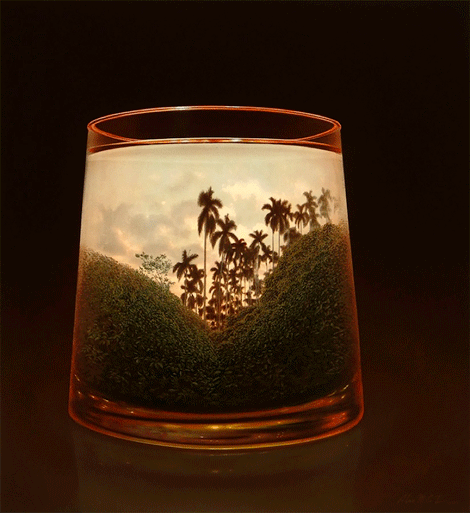
Alan Manuel Gonzalez. Esperando un Nuevo Amanecer. 32×29 in. Acrylic on canvas, courtesy of Lois Lambert Gallery.
NOA, a self-described Surrealist, captures the daily bustle and frenetic energy of his hometown, Havana. Creating intuitive works based on the impressions he distills from daily street life, he captures the improvisational nature of the culture. Streets are filled with people and chaos, a dynamic and unrelenting city hum through his dense “drawing paintings.” His poetic observations capture the ambulant energy of city life in Havana, described by the artist as a mix of architectural styles in various states of disrepair, constant cacophony, makeshift solutions for lack of resource, laundry strung from balconies, poverty and laughter. In his words: “We improvise every day. There is poetry in improvisation. You cannot predict things in Cuba, you have to look for solutions. People have to create things from what they have.”
Gonzalez is a hyperrealist painter. His highly detailed works are of microcosmic worlds and landscapes contained within glass vessels. The imagery of containment is intended to communicate the political entrapment and censorship Gonzalez identifies as the defining plight of Cuban culture. His visual metaphors are direct and poignant, at times painfully so, illustrating the confinement of a Cuba that withholds and denies freedom from its citizens. According to Gonzalez: “There is no journalism in Cuba. The government retains complete control. I don’t want people to be overly optimistic about what’s really happening there. I hope my work will convey the truth of our situation.” Gonzalez’ deliberate choice of a hyperrealist style is intended to illustrate clear and accessible analogies for the viewer. In a touching segue, Gonzalez shared the material ingenuity with which he creates his work. He has used the same acrylic paint cans since 2004, diluting the pigments and extending their use for as long as possible, and re-purposes flour bags as canvas substrates. As an artist in Cuba, material scarcity engenders some ingenious solutions.

Alan Manuel Gonzalez. Everything Has Its Time – Ecclesiastes 3″. 55 x 75 in. Acrylic on canvas, courtesy of Lois Lambert Gallery
Finally, Martinez is a graphic painter, also from Havana, who sets up partial narratives and incomplete frames with a cinematic quality. A lover of American painters (and the stylistic debt to Alex Katz is apparent), Martinez’ paintings are about insinuation and suggestion. Citing Oscar Wilde, the artist appeals to the idea of literally conveying mystery through the visible, by creating compelling stories through the partial disclosure of seemingly innocuous and generic details. The paintings are ultimately about the possibility of what remains undisclosed and beyond the frame. Perhaps in keeping with this theme, the figures in his works remain persistently anonymous as their faces are never shown, allowing their identities to remain unspecific. Martinez’ paintings play with the ubiquity of political censorship in Cuba, intentionally withholding contextual details and explicit narratives to encourage the freedom of suggestion and inference. In his words: “Painting is a way of being free. I try to see the things we have, but my paintings communicate the wish of a generation for a higher level of freedom.”
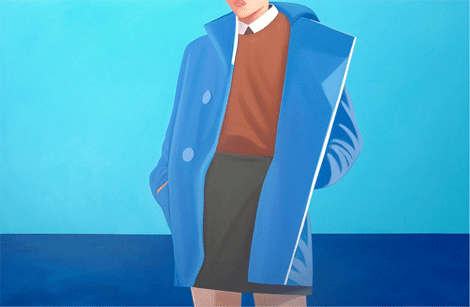
Darwin Estacio Martinez. Azul Profundo. 79 x 51 in. Acrylic on canvas, courtesy of Lois Lambert Gallery.
Straight From Cuba: Alan Manuel Gonzalez, Darwin Estacio Martinez, and Luis Rodriguez NOA
May 16 – July 12, 2015
2525 Michigan Ave, E3
Santa Monica, CA 90404

